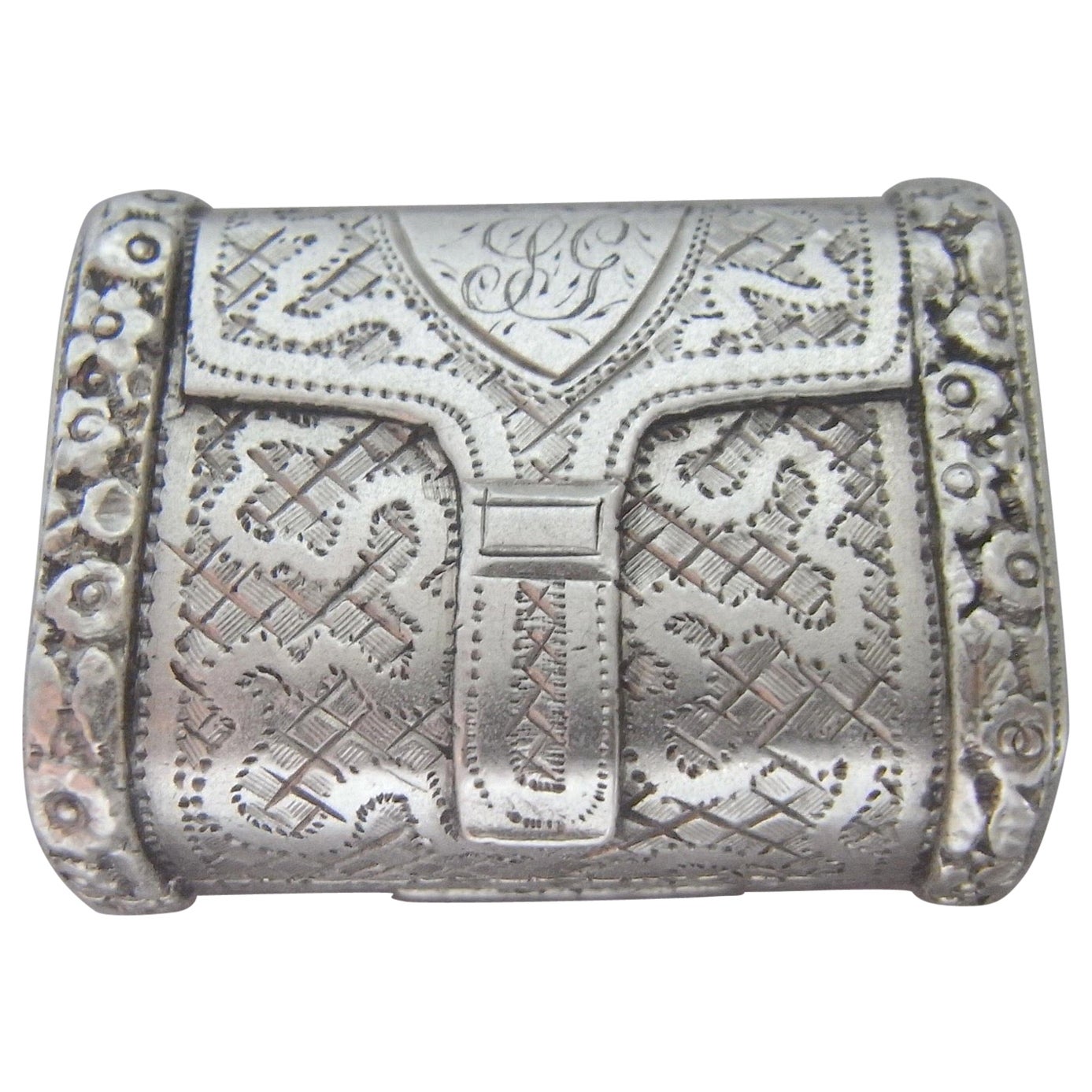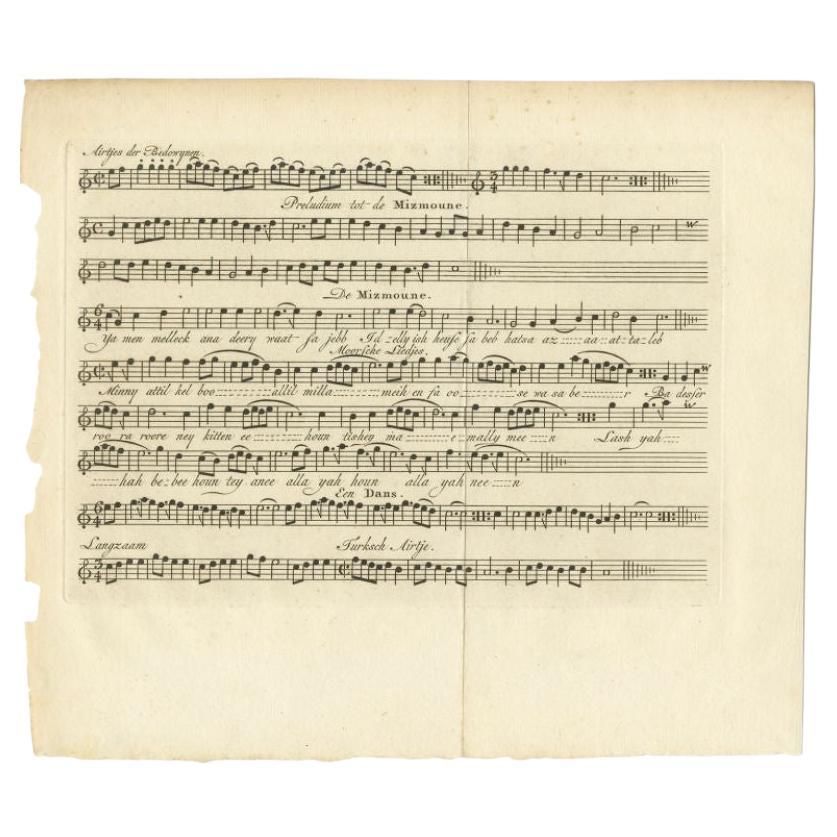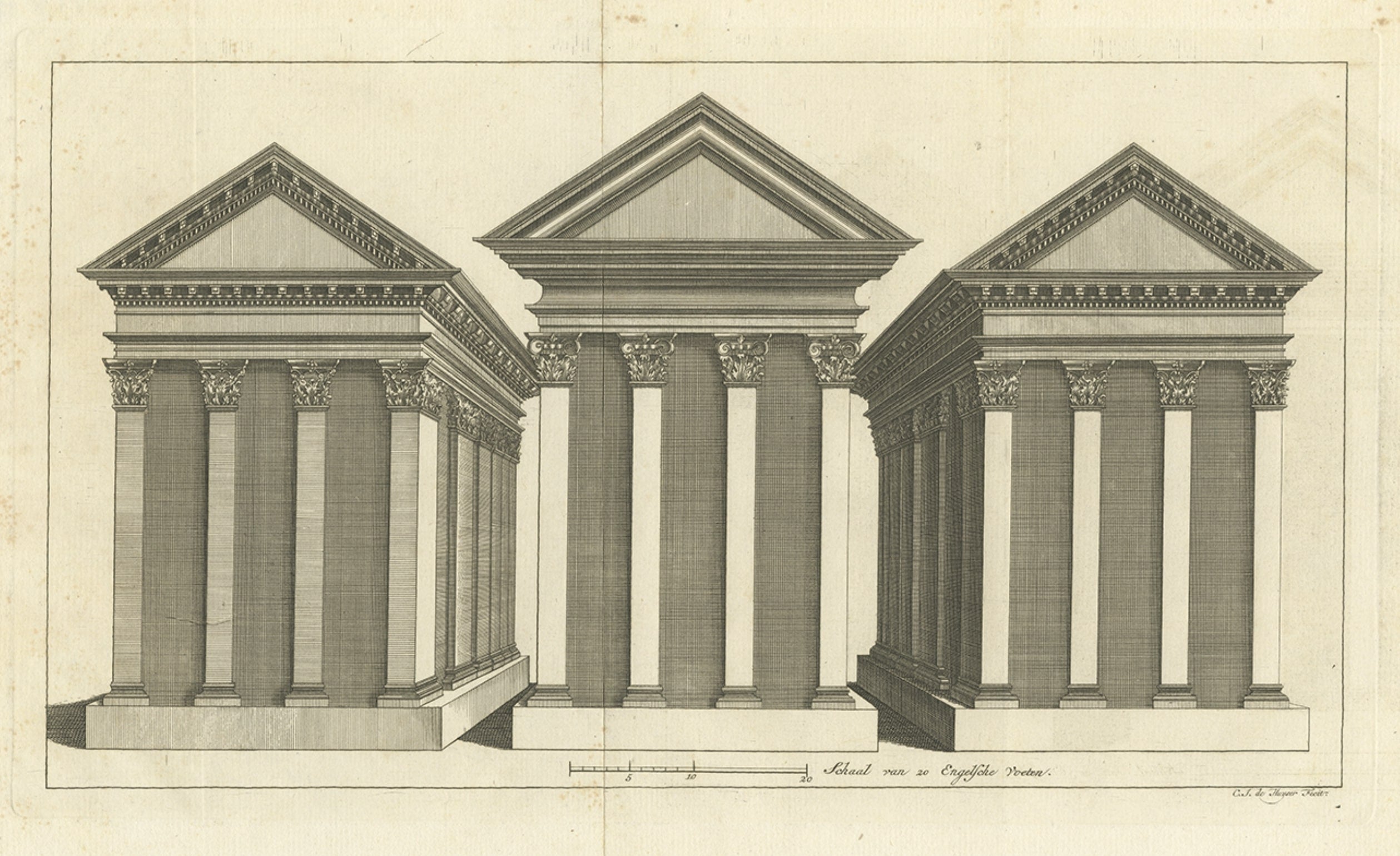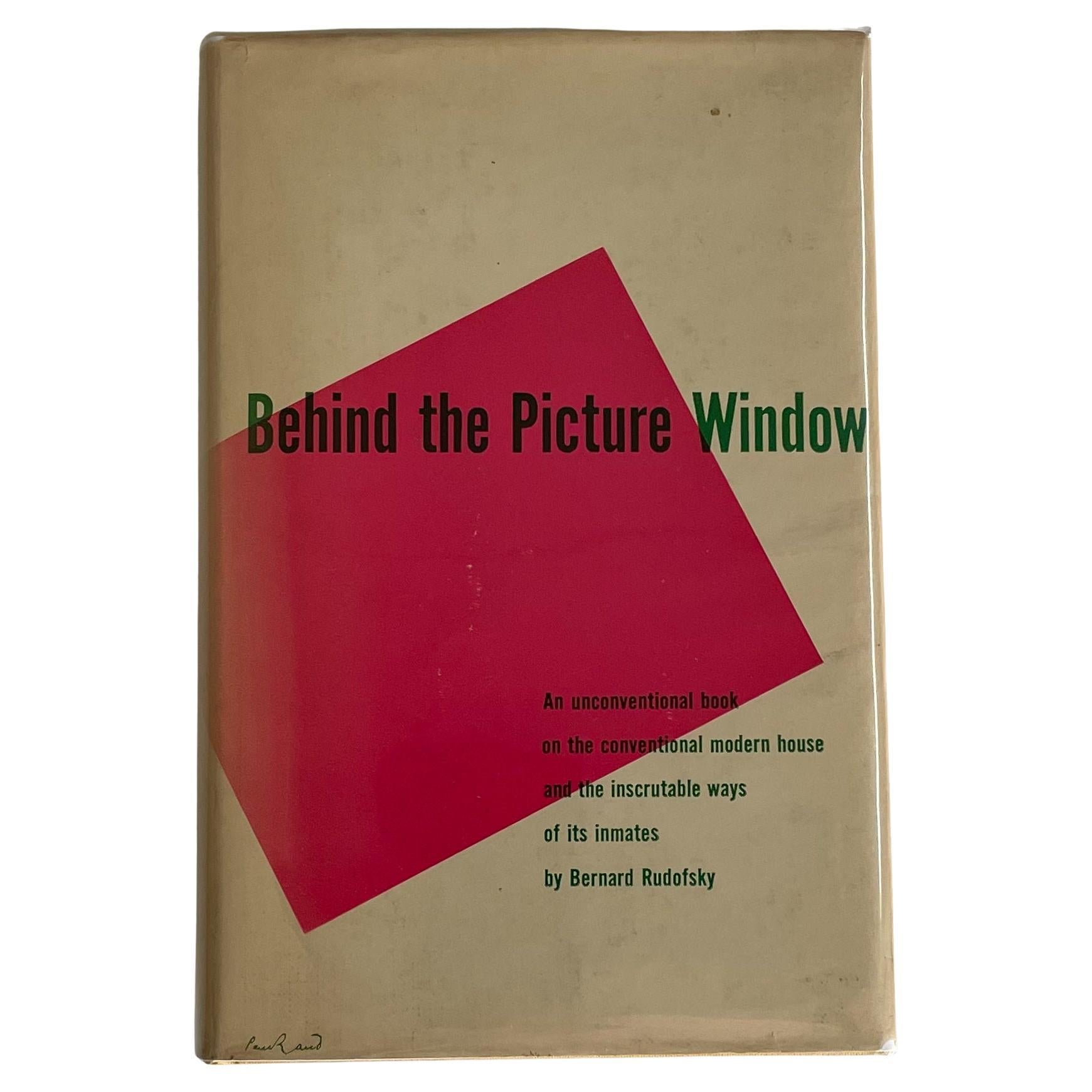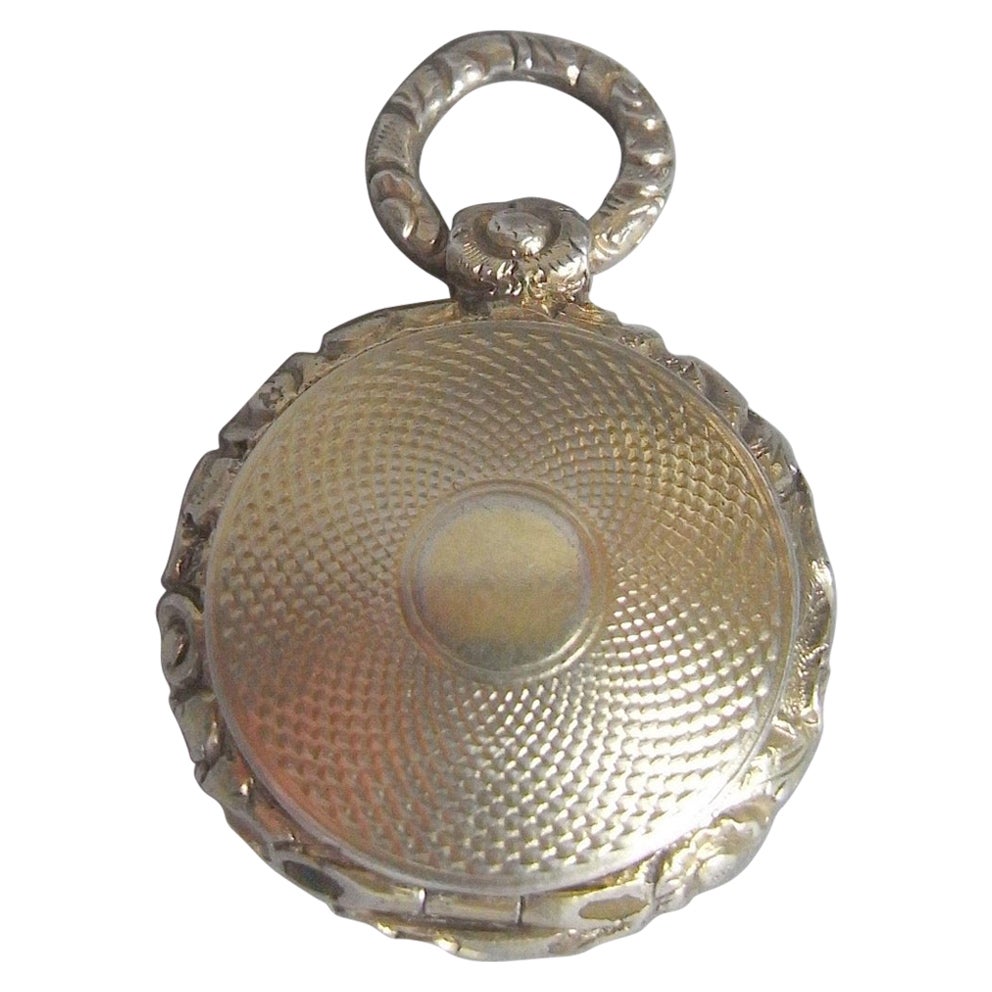Items Similar to An Unsocial Socialist by George Bernard SHAW
Want more images or videos?
Request additional images or videos from the seller
1 of 5
An Unsocial Socialist by George Bernard SHAW
About the Item
Rare first issue of the first edition for Bernard Shaw’s first published novel.
Shaw, George Bernard. An Unsocial Socialist.
London: Swan Sonnenschein, Lowery & Co., 1887.
First Edition, First Issue.
Crown 8vo, 7 3/8 x 5 inches (188 x 126 mm); [4] 256 pp.; original red cloth, stamped in gilt on spine and covers, a little rubbed and soiled, spine slightly faded, hinges weak; dark brown endpapers; foxing on first 2 and last 2 sheets. First edition, first issue with "Author of The Confessions of Byron Cashel's Profession etc. etc." to title and no appendix. Ink inscription of Mrs Walter Crane on half title.
[Broad, p. 87; Magill p. 965]
This is Shaw's first published novel. It had been serialized in "To-Day, A Monthly Magazine of Scientific Socialism" between March and December of 1884. This printing was promptly canceled, and supposedly only samples for booksellers and travelers had been sent out with this title-page.
Having attended a meeting by political economist Henry George in September 1882, Shaw became fascinated with Socialism, read Marx and became a member of the Fabian Society in September 1884, writing their first manifesto later that year. He believed in a more moderate, non-violent form of socialism and believed that socialist ideals could best be achieved by infiltration of people and ideas into existing political parties. In the early 1880s Shaw also began his literary career by writing music and art criticism and began writing novels, of which An Unsocial Socialist was the first published. But as his career as a playwright started taking off in the latter part of that decade, his political activities also decreased.
Shaw later explained that he had intended An Unsocial Socialist as the first section of a monumental depiction of the downfall of capitalism. Gareth Griffith, in a study of Shaw's political thought, sees the novel as an interesting record of conditions, both in society at large and in the nascent socialist movement of the 1880s. [Griffith, Gareth. Socialism and Superior Brains: The Political Thought of George Bernard Shaw. London: Routledge, 1993].
The story centers on Sidney Trefusis, a millionaire socialist, who leaves his bride on their wedding day because he fears his passion for her will get in the way of his plans to overthrow the British government. Sidney vanished "underground"--Disguises himself as a common laborer called "Mengels"--and infiltrates Alton College, a girl's school where well-bred young women are "fitted and fatted to be put on the marriage market". His plan: take over the school and plant the seed of radical socialism into the fertile brains of the future consorts of cabinet ministers and kings. What he doesn't plan on is the presence of one Agatha Wylie, a sixth-form rabble-rouser, who falls hopelessly in love with both Sidney and his politics, and just happens to be his deserted wife's cousin. Love triangles, mistaken identities, Marx, Engels, pistols and the proletariat jostle for position. (via LibraryThing)
An unusual ASSOCIATION COPY with ink inscription and address of "Mrs Walter Crane" [ie Mary Crane] on the half title. Walter Crane married Mary Andrews in 1871 and after a sojourn in Rome returned to London in 1873 living first in Wood End and then at Beaumont Lodge, Shepherd's Bush (the address she has written in this book). In 1914 Mary Crane was found dead on a railway track at Kingsnorth in Kent, apparently having committed suicide. Walter Crane was devastated and died just 3 months later. Walter Crane and Shaw were closely associated through the Arts and Crafts movement and the Fabian Society. On p.65 the author writes "Don't lose heart, ladies" said Smilash. "She may be drowned or murdered for all we know. Anyone may send a telegram in a false name. Perhaps it's a plant. Let's hope for your sakes that some little accident - on the railway for instance - may happen yet." Considering the nature of Mary Crane's probable suicide this foretelling is particularly ominous.
- Dimensions:Height: 7.38 in (18.75 cm)Width: 5 in (12.7 cm)Depth: 1 in (2.54 cm)
- Materials and Techniques:
- Place of Origin:
- Period:
- Date of Manufacture:1887
- Condition:Wear consistent with age and use.
- Seller Location:Middletown, NY
- Reference Number:
About the Seller
No Reviews Yet
Vetted Seller
These experienced sellers undergo a comprehensive evaluation by our team of in-house experts.
1stDibs seller since 2023
Typical response time: 1 to 2 days
- ShippingRetrieving quote...Ships From: Middletown, NY
- Return PolicyA return for this item may be initiated within 14 days of delivery.
More From This SellerView All
- An Edinburgh Eleven by J. M. Barrie - creator of PETER PANLocated in Middletown, NYFIRST EDITION / FIRST ISSUE An Edinburgh Eleven; Pencil Portraits from College — "British Weekly" Extras, No. III. London: British Weekly Office, 1889. 12mo, 7 x 4 1/2 inches (178...Category
Antique Late 19th Century English Books
MaterialsGold Leaf
- After the Funeral by Paul Scott, an Illustrated Whittington Press EditionLocated in Middletown, NYPaul Scott's After the Funeral, illustrated by Sally Scott, with an introduction by Roland Grant. Andoversford: Whittington Press & William Heinemann, 1979. Limited Edition. Roya...Category
Late 20th Century English Books
MaterialsLeather, Paper
- George Cruikshank's Magazine – 2 issuesLocated in Middletown, NYVERY RARE, complete run (2 issues) of the illustrated George Cruikshank's Magazine, with all four folding plates by Cruikshank. In a handsome custom case. London: D. Bogue, 1854. 8...Category
Antique Mid-19th Century English Books
MaterialsLeather, Paper
- Keating, William. Narrative of an Expedition to the Source of St. Peter's RiverLocated in Middletown, NYKeating William H Narrative of an Expedition to the Source of St Peter's River Lake Winnipeek Lake of the Woods &C Performed in the Year 1823 by Order of the Hon J C Calhoun Secretary of War Under the Command of Stephen H Long U S T E London, Geo B Whittaker, 1825. First English Edition Two volumes 8vo 8 3/4 x 5 1/2 inches, 220 x 140 mm. Vol. 1 pp. xvi, 458; Vol. 2 pp. vi, 248, 156, Appendix. Contemporary half calf with marbled boards; five raised bands, gilt rules, decorative motifs, and title on black morocco label spine; hinges and edges rubbed; front hinge of Volume 1 cracked internally; t .e. g., rest uncut. Pages are bright and bindings tight, light foxing on a few pages and typical offset opposite plates. Vol. 1 includes 3 copper engravings etched by R Fenner, a large folded map 12 3/8 x 21 in / 313 x 534 mm, engraved by R Penny. Two-inch tear to one fold, otherwise solid and some offset; and a page of sheet music with "Dog Dance of the Sioux" and "Chippewa Scalp Dance" Map of the Country Embracing the Oute of the Expedition of 1823, Commanded by Major S H Long. Vol. 2 includes four engravings by R Fenner, 2 of waterfalls and 2 of shells, plus three fold-out calendars and a 9-page "Vocabulary of Indian Languages" in the Appendix. Bookplate of William B Claflin Jr in both volumes with ink inscription "Legacy Grace E Reed Dec 20 1921" (Sabin 37137; Howes 5570; Field 949) The book is dedicated to James Monroe, 4th President of the United States, and its outstanding plates depict Native Americans their environment and customs. "The work is almost a cyclopædia of material relating to the Indians of the explored Territory Nothing escaped the attention or record of the gentlemen who accompanied the expedition and their statement regarding the customs character and numbers of the Sioux and Chippeway tribes are among the most valuable we have of those people Six of the plates are representations of their practices habitations or features includes comparative vocabulary of the Sawk Sioux Chippeway and Cree languages. – Thomas W Field...Category
Antique Early 19th Century English Books
MaterialsLeather, Paper
- Monsieur Tonson by J. Taylor, illustrations by Robert CRUIKSHANKLocated in Middletown, NYBeautiful illustrated Edition of this humorous short story in verse with Cruikshank's illustrations including frontispiece. This second edition was issued the same year as the first, with the imprint Alfred Miller...Category
Early 20th Century English Books
MaterialsGold Leaf
- Blanco by OCTAVIO PAZLocated in Middletown, NYA scarce example of one of the 29 privately circulated lettered copies. The entire run consisted of 529 copies, 500 of these being the numbered ones available to purchase. Paz, Octavio. BLANCO. Mexico City: Joaquín Mortiz, 1967. First, Limited Edition. 8vo., 9 x 6 3/4 in. (229 x 173 mm); printed in black and red, Bodoni type on Antique RLCH paper, joined to create a continuous 'concertina' of 32 pages (joined every 4) and printed on one side only. LEPORELLO BINDING with printed boards and cream cloth spine, title in black, slipcase. The binding is very faintly thumbed and slipcase has a closed tear to the base and some rubbing at corners but overall this delicate book is in wonderful condition. One of the 29 lettered and privately circulated copies, as stated on the limitation page, from a run of 529 (500 copies numbered). EXTRAS: "Aviso al lector" sheet printed on yellow paper. Very good. Octavio Paz wrote this poem in New Delhi between July and September of 1966, while he was serving as Mexico's Ambassador to India. As outlined in the "Aviso al lector", separately printed and included in this copy of the work, «Octavio Paz conceives the long poem as a different form and governed by its own logic, not as an expansion or extension of the short poem.» He begins experimenting with "poetry of movement, signs in rotation" culminating in Blanco. «Appearance, disappearance and reappearance of certain themes, presences, words, obsessions, the shape of Blanco is that of the spiral. There are two main currents—word and eroticism—that come together, separate and come together again. The text allows multiple readings: it is a cluster of meanings, a poem that contains several poems. ... The same poetic requirement governs the visual conception of the page and explains the particularities of this edition. Typesetting is one aspect of verbal composition. On the one hand, it is a kind of punctuation, not orthographic but rhythmic; on the other, it is the space where the written sign...Category
Mid-20th Century Mexican Books
MaterialsPaper
You May Also Like
- George III Purse Vinaigrtte Made in Birmingham by John Shaw, 1819By John ShawLocated in London, GBA very fine George III Purse Vinaigrtte made in Birmingham in 1819 by John Shaw. This very fine piece is realistically modelled as a purse or satchel with raised clasp and side bord...Category
Antique 19th Century English George III Tobacco Accessories
MaterialsSilver, Sterling Silver
- Antique Print of a Moorish Song by Shaw, 1773Located in Langweer, NLAntique print titled 'De Mizmoune'. Old print depicting a music sheet with the 'Mizmoune' (Moorish song), a Dance and a Turkish song. Originates from the first Dutch editon of an int...Category
Antique 18th Century Prints
MaterialsPaper
- Antique Print of Three Temples by Shaw, 1773Located in Langweer, NLUntitled Print of three Temples in Tunisia. Originates from the first Dutch editon of an interesting travel account of Northern Africa titled 'Reizen en Aanmerkingen door en over Bar...Category
Antique 18th Century Prints
MaterialsPaper
- An 18K Gold and Gem Set Bust of a King, by George Weil LondonLocated in New York, NYAn 18K Gold and Gem Set Bust of a King, by George Weil London, circa 1970 This magnificent 18K gold and gem-set bust of a king, crafted by George Weil in London, stands as an embodi...Category
20th Century British Collectible Jewelry
MaterialsLapis Lazuli, Gold
- Behind the Picture Window by Bernard RudofskyBy T.H. Robsjohn-GibbingsLocated in New York, NYFirst edition of Bernard Rudofsky’s idiosyncratic and iconoclastic discussion of modern living conditions in postwar America, published by Oxford University Press in 1955. 201 pages, 8vo, hardcover with pictorial dust jacket. Several black-and-white illustrations. Rudofsky (1905-1988), an Austrian/American architect, curator, critic, industrial designer, exhibition designer, fashion designer, and author is best-known for his controversial exhibitions and accompanying catalogs, including Are Clothes Modern? (MoMA, 1944), Architecture Without Architects (MoMA, 1964), and Now I Lay Me Down to Eat (Cooper-Hewitt, 1980). He is also famous for his mid-century Bernardo sandal designs, which are popular again today. Behind the Picture Window...Category
Vintage 1950s American Mid-Century Modern Books
MaterialsPaper
- William IV Silver Gilt Vinaigrette by Thomas Shaw, 1831By Thomas ShawLocated in London, GBA William IV silver gilt Vinaigrette of unusually small size, probably for a child. Made in Birmingham in 1831 by Thomas Shaw. The Vinaigrette is silver gilt and is modelled as a po...Category
Antique 19th Century English William IV Tobacco Accessories
MaterialsSterling Silver
Recently Viewed
View AllMore Ways To Browse
Unusual Antique Collectables
1914 England
Antique Collectible Stamps
Best Antique Collectables
Antique Market London
Antique Bride
Antique Collectable Market
Antique Collectible Market
Antique Railway
Antique Curiosity Cabinet
Antique Traveler
Red Heart Antique
Antique School Books
Marriage Cabinet
Antique Fascinator
3 Kings
Antique Music Book
Used Bookseller
